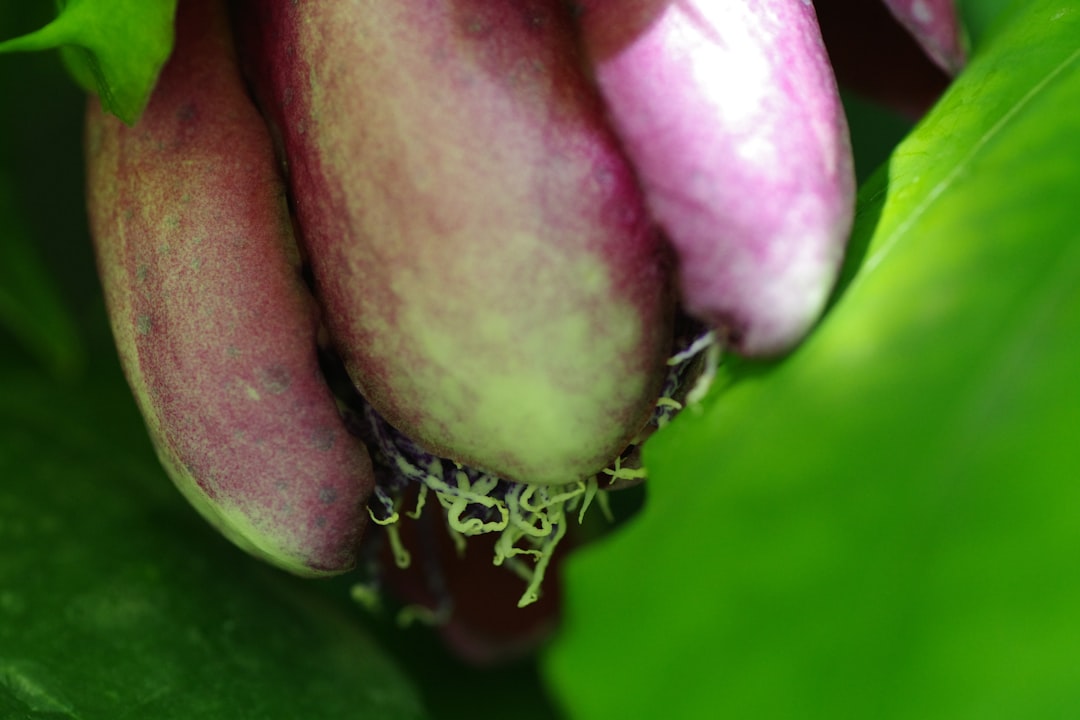Unveiling the Magic of Verbena in Your Garden

Annual flowers bring a burst of color and vitality to any garden, and among them, the verbena plant stands out as a true gem. With its ability to cascade gracefully over walls, trellises, and window boxes, verbena adds a touch of elegance and charm to any outdoor space.
Verbena, a member of the Verbenaceae family, is known for its vibrant and long - lasting blooms. These flowers come in a wide range of colors, including purple, pink, red, white, and blue. The plant typically has a sprawling growth habit, making it perfect for creating a soft, flowing look in the garden.
One of the great things about verbena is its versatility. It can be grown in various settings, from formal gardens to more casual, cottage - style landscapes. When planted in hanging baskets or window boxes, the verbena's trailing stems create a beautiful, cascading effect. Against a wall or trellis, it can climb and spread, adding a vertical element to the garden design.
Now, let's learn how to grow a verbena plant successfully. First, choose the right location. Verbena thrives in full sun, so select a spot in your garden that receives at least 6 - 8 hours of direct sunlight per day. The soil should be well - drained. Verbena doesn't like to sit in waterlogged soil, as this can lead to root rot.
Before planting, prepare the soil by adding organic matter such as compost or well - rotted manure. This will improve the soil's fertility and drainage. You can start verbena from seeds or purchase young plants from a nursery. If starting from seeds, sow them indoors about 8 - 10 weeks before the last frost date in your area. Keep the soil moist and at a temperature of around 70°F (21°C) until the seeds germinate.
Once the seedlings have developed a few sets of true leaves, they can be transplanted outdoors. Space the plants about 12 - 18 inches apart to allow for proper air circulation and growth. Water the newly planted verbena regularly, but be careful not to over - water. As the plant matures, it becomes more drought - tolerant.
Fertilizing is also an important part of verbena care. Use a balanced, slow - release fertilizer at the time of planting and then every 4 - 6 weeks during the growing season. This will help promote healthy growth and abundant blooms.
Pruning is another key aspect. Deadheading, or removing the spent flowers, will encourage the plant to produce more blooms. You can also trim back any leggy or overgrown stems to maintain a compact and bushy shape. This will not only improve the plant's appearance but also its overall health.
Verbena is generally a low - maintenance plant, but it can be susceptible to some pests and diseases. Common pests include aphids, spider mites, and whiteflies. You can control these pests by using insecticidal soaps or neem oil. As for diseases, powdery mildew can be a problem, especially in humid conditions. To prevent this, make sure there is good air circulation around the plants and avoid overhead watering.
In conclusion, growing a verbena plant in your garden can be a rewarding experience. Its beauty, versatility, and relatively easy care make it an excellent choice for both novice and experienced gardeners. With a little attention to its growing requirements, you can enjoy a season full of colorful and fragrant verbena blooms.